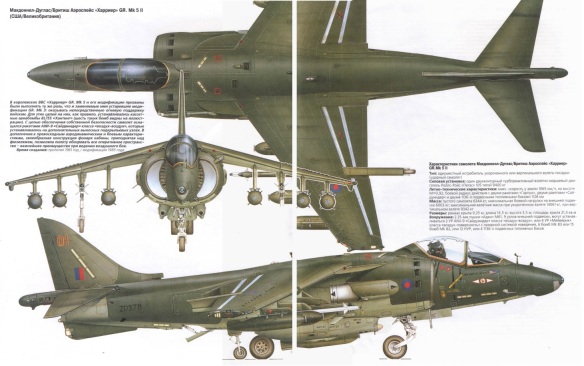The development of increasingly powerful jet engines brought in the possibility of building aircraft with a thrust/weight ratio greater than one, which would be potentially capable of vertical flight on jet thrust alone. A precursor was a rocket-propelled fighter, Bachem Ba 349 Natter, produced in Germany in 1945. This was launched vertically using rocket power, but it was envisaged as an expendable missile with the pilot returning by parachute from his mission.
The first successful demonstration of jet-supported flight was provided in Britain by the Rolls-Royce Thrust Measuring Rig—better known by its nickname Flying Bedstead—in August 1954. The rig comprised two Rolls-Royce Nene engines mounted horizontally in a tubular framework on four wheels, with the jets deflected downwards through cascades of vanes in the nozzles. The pilot sat on top of the rig, and it was stabilized and controlled by four small air-jets on outriggers. Essentially, this rig was capable only of vertical flight; the next development was to mount four lightweight Rolls-Royce RB 108 engines vertically in a delta-winged aircraft, the Short SC.1, with a fifth RB 108 mounted horizontally for forward propulsion. Jet reaction controls were provided to stabilize and control the aircraft in the hover, and conventional aerodynamic controls for use in forward flight. The first of two Short SC.1 machines first flew in 1957, and achieved a transition from hovering to forward flight in 1960.
A number of other aircraft were built or conceived to this formula, notably the German Dornier 31 experimental transport aircraft in 1967, but the need to carry separate jet engines for horizontal and vertical flight made them inherently inefficient.
The alternative was to use the same engine for both regimes of flight. In its simplest form this was possible by sitting a more-or-less conventional aircraft on its tail for take-off, and flying a curved trajectory into forward flight. Several experimental machines of this type were flown in the USA and France—the Convair XFY-1 and Lockheed XFV-1 in 1954, Ryan X-13 in 1956 and SNECMA Coleoptere in 1959—but none were put into production.
A third basic concept using progressive deflection of the exhaust jet from vertical to horizontal has proved to be technically the most successful. In 1960 the British Hawker Aircraft company and Bristol Aero Engines developed the Hawker P.1127 single-seat fighter with a Bristol Pegasus engine. The single engine, mounted in a conventional swept-winged aircraft, is provided with four nozzles containing cascades of vanes, which can be rotated through about 100 degrees. The forward nozzles take compressed air from the front fan stage of the engine, and the rear nozzles carry the exhaust. Control jets at the extremities of the airframe provide stability and control in hovering flight and conventional aerodynamic controls take over in horizontal wingborne flight. Developed from the original P.1127, the later Kestrel and Harrier aircraft were built in substantial quantities and entered service in several countries in the 1970s.
The term VTOL (an acronym of Vertical Take-Off and Landing) is often applied to this class of aircraft. It is misleading: helicopters are excluded, although they are equally capable of vertical take-off and landing; and jet supported aircraft usually take-off from a running start, either horizontally or from a ‘ski-jump’ ramp, because this generates additional lift allowing the carriage of a greater load. The label STOVL (Short Take-off and Vertical Landing) is more appropriate.
